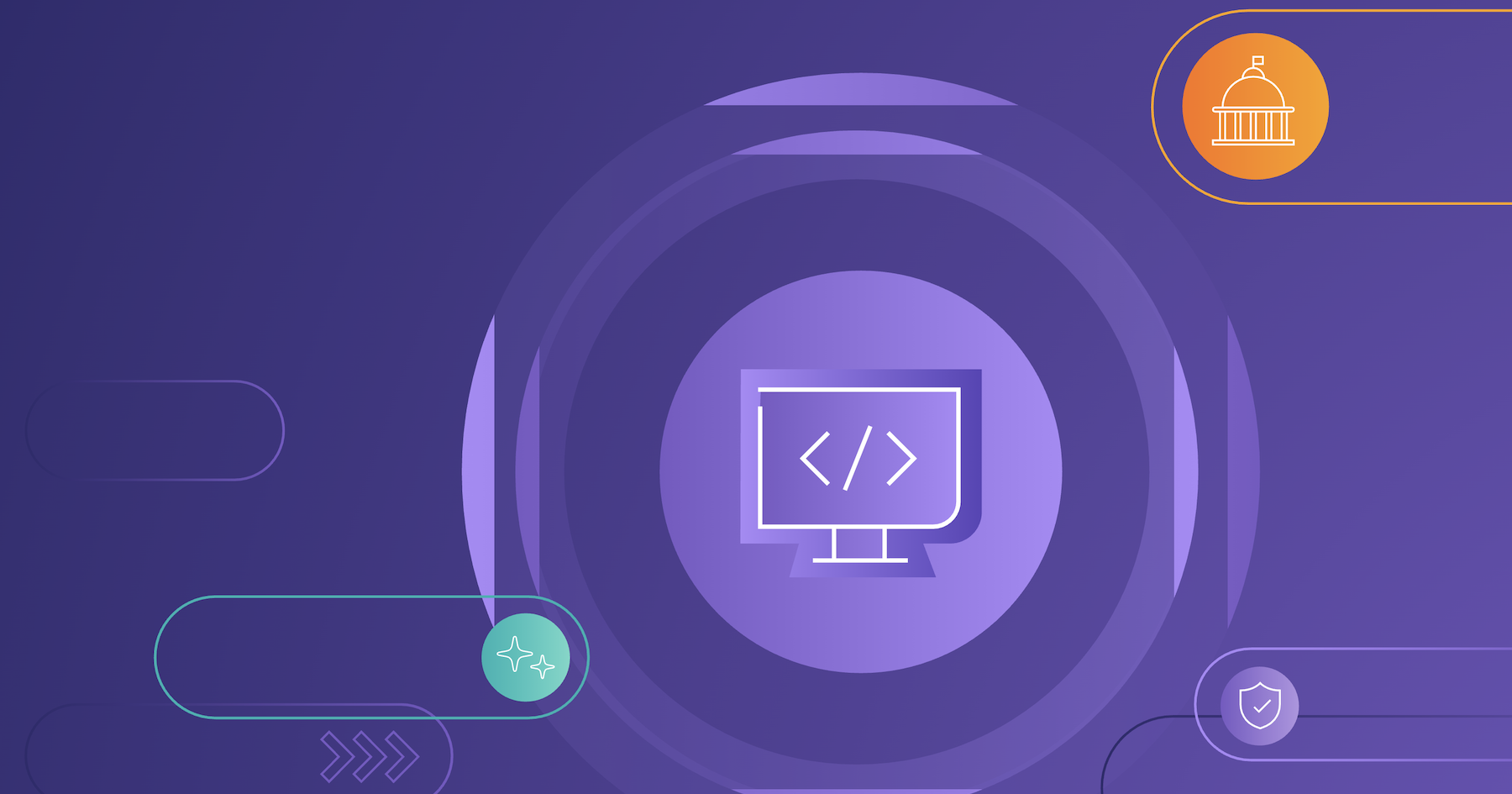Government agencies operate under unique constraints: teams must meet stringent security mandates, adhere to compliance and regulatory requirements, and closely track spending for budget accountability. When coupled with toolchain sprawl and poorly integrated interfaces, these constraints create significant challenges: slow delivery velocity, rising operational costs, and increased security vulnerabilities.
The right source code management (SCM) platform can alleviate many of these challenges, which is why we developed a comprehensive framework to help the public sector evaluate and implement the right SCM solution.
Why an SCM platform matters
SCM platforms are the single source of truth for code changes, tracking who changed what code, when it was changed, and why. This creates an audit trail that’s beneficial to team collaboration, troubleshooting vulnerabilities, and compliance. The right SCM platform accelerates the delivery of citizen services from weeks to days and enables teams to find vulnerabilities before they reach production.
Is your current SCM solution holding you back?
Before jumping into a new platform, first identify the main pain points across your teams. Here are a few example questions you could ask each team:
- Developers: How many tools do you log into daily to get code from idea to production? Which steps in the development process create the most delays for deployments?
- Security: How early in the development process does your team get involved? How many different security tools are you using today?
- Operations: How do you currently get visibility into what's being deployed, by whom, when, and whether it's running successfully across all your environments?
- Leadership: How much are you spending annually on your software development toolchain, (including integration maintenance, support contracts, and engineering time)?
The top criteria to evaluate SCM vendors
Because the public sector has such specific needs, the questions that you ask when evaluating SCM vendors should explore its unique requirements. In particular, teams should ask potential vendors about:
- Tool integration and consolidation: Every tool integration creates ongoing maintenance overhead and potential security vulnerabilities. Understand how a platform integrates or replaces DevSecOps tools and CI/CD pipelines to determine if the investment is worthwhile.
- Collaborative features: Government development involves multiple locations, varying security clearance levels, and complex approval processes. Review how the platform enables workflows with features like approval chains and audit logging.
- Government-specific security requirements: The public sector operates across diverse security environments, often requiring self-managed deployments or air-gapped functionality. Dive into a platform’s security capabilities to identify the right solution for your organization.
- Trusted AI: AI increases efficiency for resource-constrained government teams, but agencies must maintain security boundaries. Ask about security protections that safely enable AI features.
- Migration support: Vet vendors’ professional services, such as government migration experience, automated import tools with full history preservation, and support for complex security clearance requirements.
Finding the right SCM solution for your organization
Government organizations need an SCM platform that can accelerate development while maintaining strict security requirements. To find the best platform for your organization, you need to know what questions to ask, what capabilities to look for, and how it will be implemented. Download our whitepaper, Source code management platform selection for government, for the full framework.
Get instant access to the full guide below:
Resources
A guide to SCM platform selection for government
Key takeaways
- Government agencies need an SCM platform that can balance speed and complex security requirements.
- Before selecting a platform, assess current paint points across all teams that influence source code including, developers, security, operations, and leadership.
- When evaluating vendors, keep the public sector’s unique needs in mind, such as collaborative features that work with security clearance levels or air-gapped functionality for classified environments.
